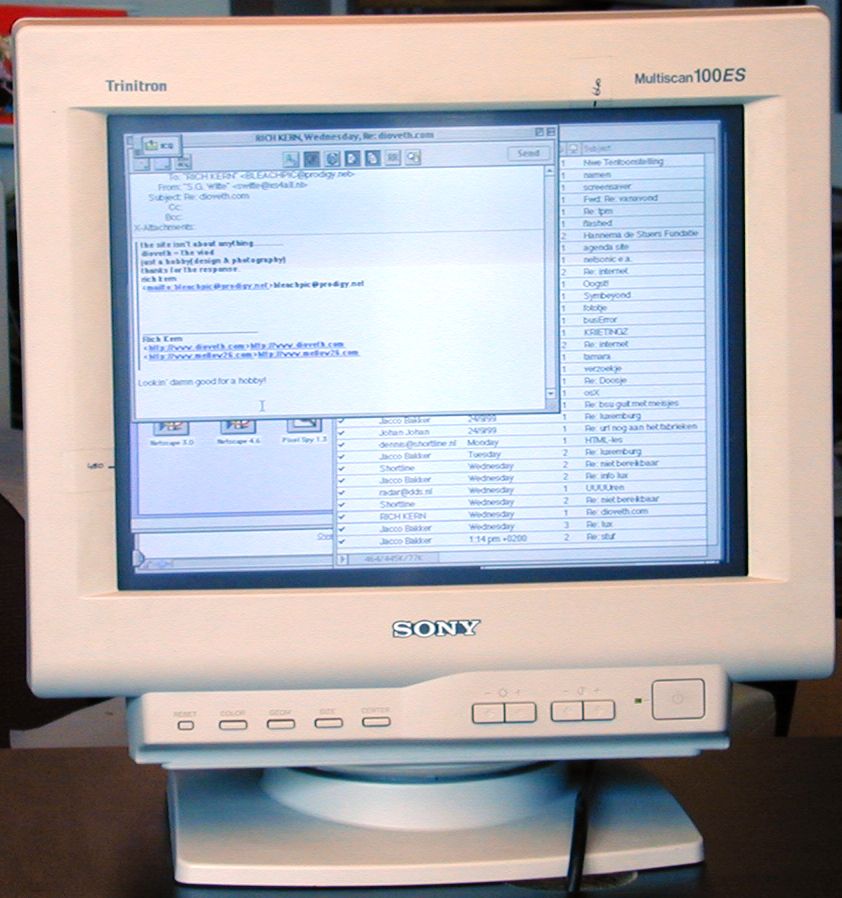A few days ago, DSCC, a market research organization, stated that the revenue scale of micro LED displays will increase from approximately US$40 million in 2023 to over US$1.3 billion in 2027.
Perhaps it is because of the infinite development prospects of micro-pitch LEDs represented by micro LEDs. Nowadays, investment in related fields is increasing year by year, and more and more companies are beginning to join this battle.

In such an industry background, the author observed a phenomenon, that is, another round of mergers and acquisitions in the LED industry seems to be starting.
On November 6, LED epitaxial wafer and chip manufacturer HC SemiTek announced that display panel manufacturer BOE Technology has become the company's largest shareholder through its private placement. The contract involves 372 million shares, with a total amount of RMB 2.084 billion.
Recently, media reports said that LED epitaxial wafer and chip manufacturer Epistar will invest NT$600 million to acquire 6-inch micro LED epitaxial wafers from PlayNiride Display, a subsidiary of micro LED manufacturer PlayNitride. manufacturing equipment.
It is not difficult to find that a considerable part of the recent acquisitions in the LED display industry are aimed at the upstream chip level. In fact, looking back at the development of the small-pitch LED display industry in the past 20 years, this wave of large-scale acquisitions is not the first time. However, compared with previous mergers and acquisitions, the
direction of this merger and acquisition seems to be different.
As early as 2014, the LED display industry had set off a wave of mergers and acquisitions. However, the acquisition at that time was more of a "downward" merger of
led video wall indoor screen companies for companies in subdivided industries. The reason is probably that since the concept of small-pitch LED came out, it has experienced rapid development and market expansion. In order to quickly gain a foothold in more application markets, LED screen companies with traditional manufacturing as their main business have chosen to cooperate. Way to quickly occupy the segmented market.
For example, at that time, some screen companies chose to quickly expand into the media industry through mergers and acquisitions of traditional advertising business companies, and some screen companies quickly occupied the rental screen market through mergers and acquisitions of traditional stage rental companies... In short, the two sides complement each other in terms of manufacturing and market resources. , The achievement of this wave of mergers and acquisitions.
Then let’s look at this merger and acquisition again. If it was a "downward merger" before, then this time it is an "upward merger". The most intuitive reflection is that the entire industry chain pays more attention to upstream resources, especially the control and management of chip-level resources. Capacity expansion. The reason, I think, is that times have changed. The last wave of mergers and acquisitions was in the stage of rapid expansion of the small-pitch LED market. Through mergers and acquisitions of companies that have sufficient market resources in various market segments, they can quickly seize market share in market segment
Today, the traditional small-pitch LED products above P1.0 have almost become "big street goods". Relevant companies believe that the next-generation products that can support the company's foothold and create greater profit margins in the future must be mini LED and micro LED (referred to as for MLED). In the future, MLED new-generation display technology may form a full range of technological iterations from small screens such as wearable devices and VR glasses to giant screens such as theater screens, and its market prospects are immeasurabl
Also because of the huge scale of potential applications, higher requirements are placed on the production capacity of MLEDs. On the one hand, for traditional professional display applications, P0.X-level fine-pitch MLED displays also mean more demand for lamp beads; Lamp bead demand. These must be a huge challenge to the production capacity of upstream chip
At present, MLED is still on the eve of explosive growth just after landing, it seems not
difficult to understand, if you don't want to be tied up by capacity problems in the coming MLED display era, you must make adequate preparations at the moment. This seems to be a good explanation for the origin of this round of mergers and acquisitions for the upstream industry chain.









 In such an industry background, the author observed a phenomenon, that is, another round of mergers and acquisitions in the LED industry seems to be starting.
In such an industry background, the author observed a phenomenon, that is, another round of mergers and acquisitions in the LED industry seems to be starting.
